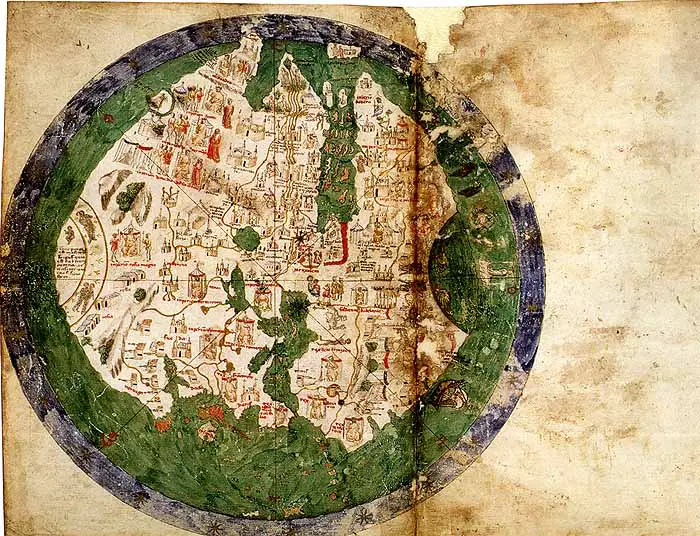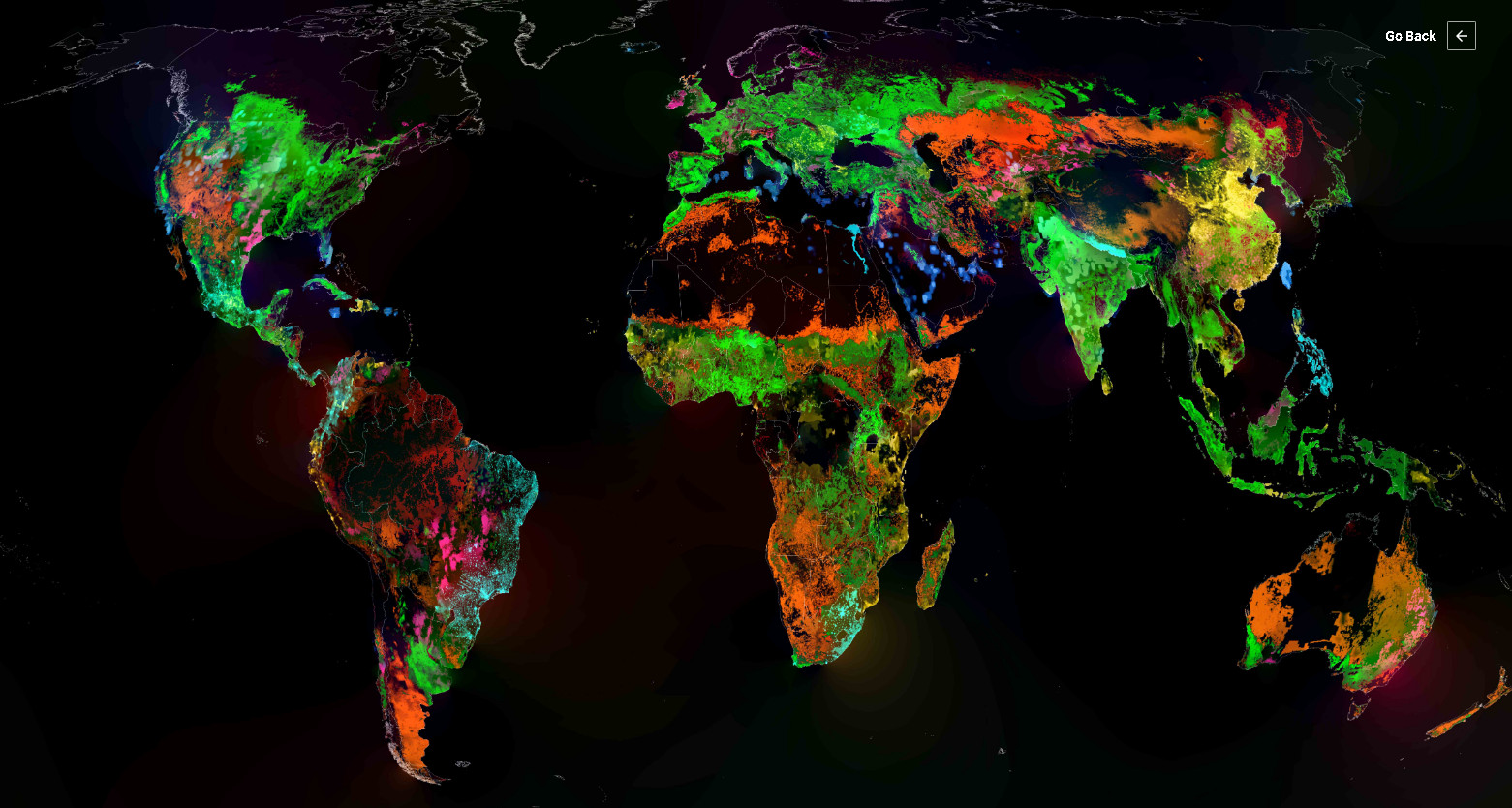Wheat, Maize, and Rice: Mapping the Crops That Feed the World
Wheat, maize, and rice aren’t just three crops on a chart — they’re the backbone of the human diet. These three alone made up 89% of all cereal production in the world! In 2009, they provided about 43% of the calories people ate globally! That’s huge. It also says a lot about how agriculture has been shaped by history, culture, and economics.
I wanted to see how they’re spread out today and how productive they really are, so I pulled data from the SPAM 2020 V2r0 dataset and turned it into a set of maps.
Wheat
Wheat is old – about 10,000 years old. It started in the Fertile Crescent, and from there it found its way into nearly every temperate farming region. Part of its success is that it stores well, tolerates a range of climates, and can be turned into just about anything: bread, pasta, noodles, couscous… you name it.

Today, China, India, and Russia top the production list.
Top producers in 2023 (according to FAO):
| Country | Production (million tonnes) |
|---|---|
| China | 136.6 |
| India | 110.6 |
| Russia | 91.5 |
| United States | 49.3 |
| France | 41.2 |
| Pakistan | 31.9 |
| Canada | 31.4 |
| Germany | 21.6 |
| Ukraine | 21.0 |
| Turkey | 20.5 |
Yields vary a lot — some countries get only 401 kg per hectare (Somalia), while heavily managed New Zealand fields can go 9668 kg per hectare.
Maize
Maize, or corn, started in Central America long before Columbus ever saw it. Now it’s everywhere. Its flexibility is hard to beat: you can eat it fresh, grind it, feed it to animals, or turn it into ethanol. Globally, it averages around 5 tonnes per hectare, which is higher than wheat or rice.

The U.S., China, and Brazil are the heavyweights here.
Top producers in 2023:
| Country | Production (million tonnes) |
|---|---|
| United States | 384.8 |
| China | 277.2 |
| Brazil | 131.9 |
| Argentina | 56.0 |
| Ukraine | 27.3 |
| Indonesia | 23.0 |
| India | 21.6 |
| Mexico | 21.5 |
| South Africa | 15.9 |
| Canada | 14.6 |
According to FAO, the United Arab Emirates had the largest yields in 2023 (23307 kg per ha)
Rice
Rice is the daily staple for more than half the world’s population. It thrives in flooded fields, which help control weeds and pests, but also require a lot of water. On average, yields are about 4.7 tonnes per hectare, though some parts of China and Vietnam manage much higher.

China and India dominate rice production, with Bangladesh, Indonesia, and Vietnam not far behind.
Top producers in 2023:
| Country | Production (million tonnes) |
|---|---|
| China | 212.8 |
| India | 178.5 |
| Bangladesh | 57.2 |
| Indonesia | 54.7 |
| Vietnam | 43.9 |
| Thailand | 28.3 |
| Myanmar | 25.1 |
| Philippines | 20.1 |
| Pakistan | 10.9 |
| Brazil | 10.8 |
Tajikistan emerges as 2023’s maize champion, harvesting an impressive 9,874 kg per hectare.
After looking at each one separately, it’s worth seeing how they fit together. Wheat prefers temperate zones, maize grows in a wide range of conditions, and rice fills the wetter lowlands. Put them all on the same map, and you can spot regions where they overlap and others where one crop clearly dominates.

Here is an animated version of this world map.
These three crops have shaped civilizations, economies, and even politics. They feed billions every day. But they’re also vulnerable — to market swings, to changing weather, and to environmental costs like water use and greenhouse gas emissions.
I’m curious: do you think the world should keep doubling down on these giants, or put more effort into other crops that could share the load?








